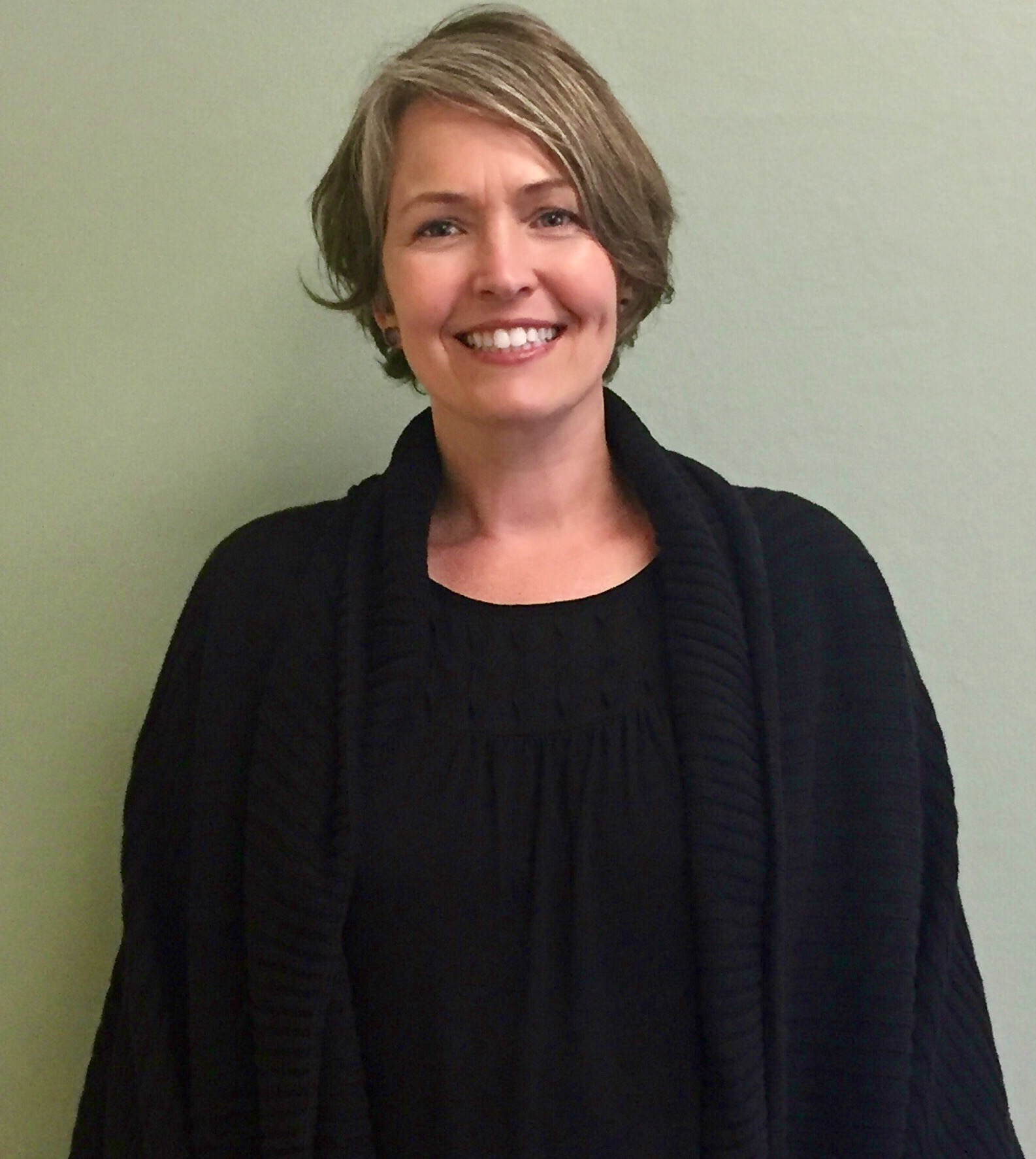By Dre McEwen, NCIP attorney

Photo: Jaclyn Gioiosa
A beloved mentor once compared the process of post-conviction investigation to the gentle tugging on a thread. The first trip around the file reveals an intuitive nagging, bare hints at the elements of the case that just don’t sit right and collectively don’t pass the smell test. These curious bits are the tiny tips of the first threads emerging. When you tug on some of them, they snag and it seems like that’s it; nothing gives way. But when you tug on others, a whole section of thread starts to slowly unravel. You have to tug on all of them to see what more they have to reveal. And the more you learn, the better equipped you are to go back and tug on those first threads again. From a tug at a different angle, they too might give way.
Our legal team brainstorms about cases together. Every set of eyes discern something different in the evidence. We use each other not just like lawyers but like jurors. What would jurors think? What would be important to them? What is missing? Collaboration is imperative because very little about these cases is obvious and we each perceive distinct details, from the nuanced to the most jarring, more threads poking up out of the surface.
Once those threads have emerged from the preliminary documents, the search begins for the witnesses who can speak to the deeper narrative beneath. When I am locating a witness, I start my search online. I look for matches in obituaries, newspaper articles, police blotters, social media, criminal records, inmate locators, and a private investigator database. There’s rarely only one person by that particular name, often hundreds, and I try to narrow them down based on guesses as to age and location, the names of family members, old addresses, or places of employment.
When I believe I have located the address of the correct person or a few good possibilities, I attempt to contact them. This is an extremely delicate process. Lack of preparation, not knowing or picking up on the questions that need to be asked, going at a problematic time, or inserting my ego, can result in a dead end – even when it might not be if I had used a different approach.
I have unearthed some of my own naiveté through this work, having assumed that I can appeal to a common sense of humanity and moral responsibility in a witness when an innocent person is languishing in prison for a crime they did not commit. Yet people have their obstacles to divulging the truth. The information does not come easily. And imagine how much more difficult it is to unravel the mystery long after the crime was committed, when those responsible are somewhere resting safe between the cushions of decades old injustice.
When I go out in the field in search of a witness, I don’t know if I am going to encounter anger, tears, blustery indignance, heartfelt relief – or nothing at all. When someone answers their door and sees me standing there unannounced, I have the tiniest window of time in which to convey my apology for the intrusion, my empathy for the unique humanity of their personal experience in this moment and in relationship to this case, my trustworthiness, and the imperative nature of the work that lies ahead of both of us.
My goal in that moment is to be welcomed in the door and into the details of this witness’s personal experience, a story never told before; and leaving with a long mental list of new threads to go out and tug on to unravel the truth that can free our client. It is a mental dance of precision, to meet them where they are and delicately uncover the truth. It is never the same experience twice and it is full of new challenges every single time.